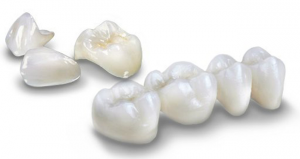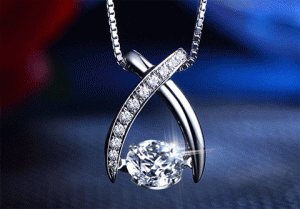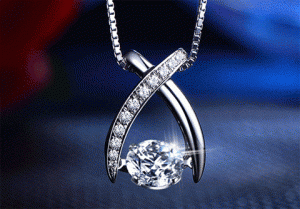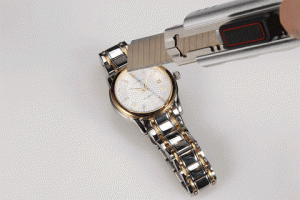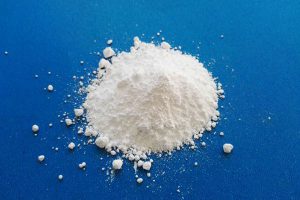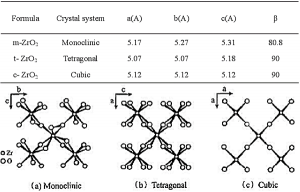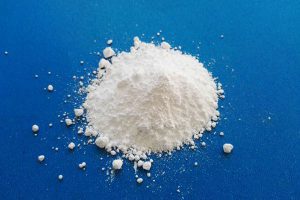Zirconia is an excellent high-tech biological material with good biocompatibility that is superior to various metal alloys, including gold. Zirconia has no irritation or allergic reaction to the gingiva, and is suitable for oral application, avoiding allergic, stimulative, and corrosive reactions of metal in the oral cavity.
Excellent mechanical properties
The zirconia full porcelain dental material has a winding strength greater than 900MPa, so it can also be used to repair the posterior tooth and the all-ceramic bridge with more than 6 units.
Good biocompatibility
In the latest clinical evaluation report of CRAI, a U.S. clinical research association, it was found that the zirconia all-ceramic crown itself had no metal, and the restoration of the zirconia all-ceramic crown could exclude the metal allergic reaction and have good biocompatibility. Therefore, zirconia all-ceramic crowns are superior to various metal alloys in terms of biocompatibility, including gold materials.
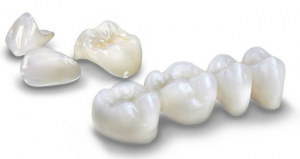
Safe non-metallic materials
At present, zirconia is the only mineral in the natural world, which does not contain any metal, and it is safer after medical clean processing.
No obstruction to the X-Ray
If cranial X-ray, CT, and MRI examinations are needed after inserting the zirconia porcelain teeth, the dentures do not need to be removed in the future, because the zirconia porcelain teeth do not have any obstruction to X-ray, so a lot of trouble is avoided.
High intensity and density
Zirconia is widely used, especially in high-precision instruments, such as aviation equipment, because of its ultra-high-strength and density. Among them, the unique resistance to rupture and the strong firmness after rupture can be made into all-ceramic Bridges of more than 6 units, thus solving the problem that all all-ceramic systems cannot be long Bridges. Therefore, they are favored by doctors and patients.
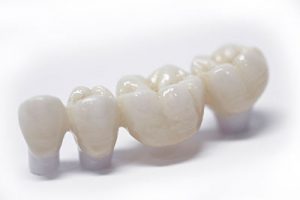
Perfect color
Due to the white color of the base crown of structural ceramics, the neck will not become dark for a period of time after the insert, which solves the extremely difficult problem of the metal crown.
Healthy biomaterials
Zirconia is an excellent high-tech biological material with excellent biocompatibility and no irritation or allergic reactions to the gums. It is very suitable for the mouth.
PFM (porcelain fused to metal) is accepted by most patients for its good strength, but it has its fatal disadvantages. The metal base of low-end porcelain teeth is easy to oxidize and form gray oxides. When scattered and deposited at the edge of the gingiva, the gingiva will turn gray and affect its appearance. At the same time, it has a strong stimulation effect on the gingiva, and some patients may also have gingiva swelling, bleeding, allergy, and other symptoms, which is difficult to meet the clinical requirements. High-end metal porcelain teeth (gold alloy) are expensive without these drawbacks.
Please visit http://www.samaterials.com for more information.
